No crowds or tickets for this heritage
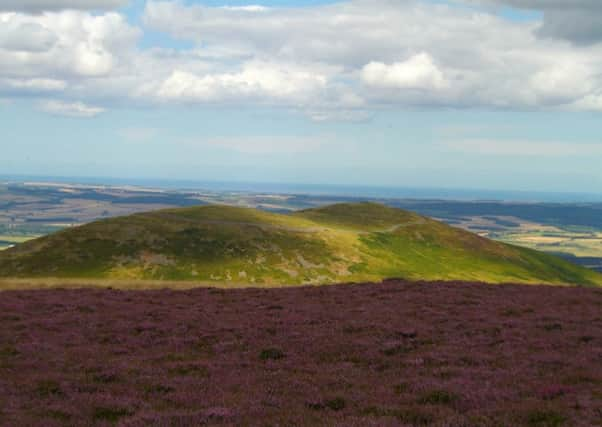

In some areas, such as the Breamish and College valleys, they can be found on almost all the hill tops.
The name ‘hill forts’ was coined by the early surveyors of the Ordnance Survey, reflecting the viewpoint of prehistory at that time.
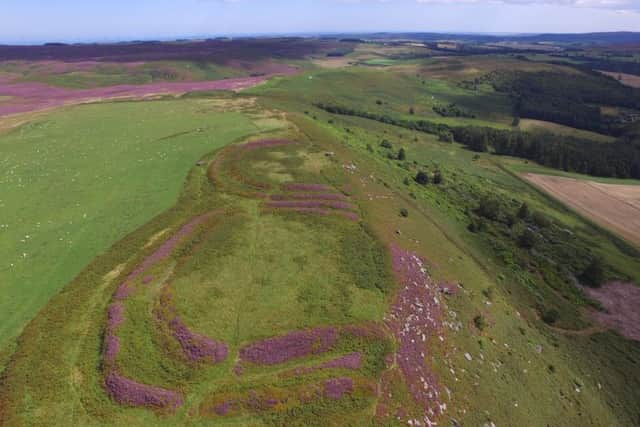

Advertisement
Hide AdAdvertisement
Hide AdHistory books from the 19th century call them Danish Camps as they were thought to have been built by the Scandinavian and Northern German invaders in the post-Roman world – the Anglo-Saxons and the Vikings. But we now know that they predate this period by many hundreds of years.
They are, in fact, a reminder of our Iron Age past and were built in the centuries immediately preceding the Roman invasion, at the end of what we call the prehistoric period – the time before written records.
Surprisingly perhaps, there has been very little archaeological excavation of these hill top enclosures. As a result, despite their numbers, we know very little about them and the people who lived there.
Today, many archaeologists think these enclosures were not primarily built as ‘forts’, but as small villages where stock could be kept, protected from wolves and other wild animals.
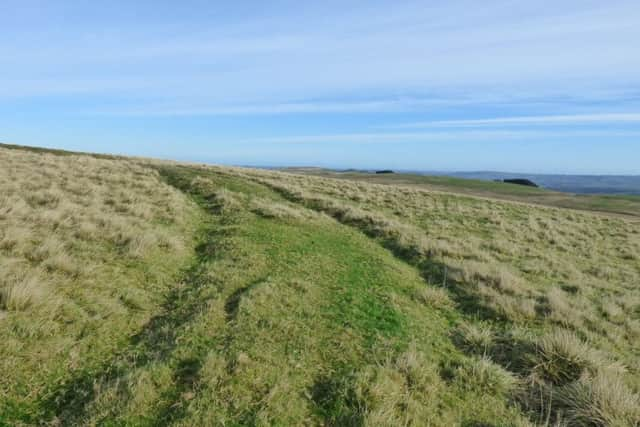

Advertisement
Hide AdAdvertisement
Hide AdAnd we should not think that all hill forts are in the hills. Although the hill top enclosures have survived well, aerial photography has revealed that similar enclosures existed across the county, though most have been eroded by agriculture.
These ‘hill forts’ were clearly places where people lived, which we can see from the remains of round houses, though whether they were places of permanent residence or just seasonal, we don’t know. The lowland ‘forts’ may have been winter residences, with stock being moved to the hills during summer.
The people who lived here were the British, also known today as the Celts, who were squeezed to the margins of the country – Northern Scotland, Wales and Cornwall – following the arrival of the Anglo-Saxons in the centuries following the departure of the Romans around 400 AD.
The largest of Northumberland’s forts is Yeavering Bell, North of Wooler, which covers more than 13 acres. By dint of its size, it is a local anomaly – no other hill fort comes close.
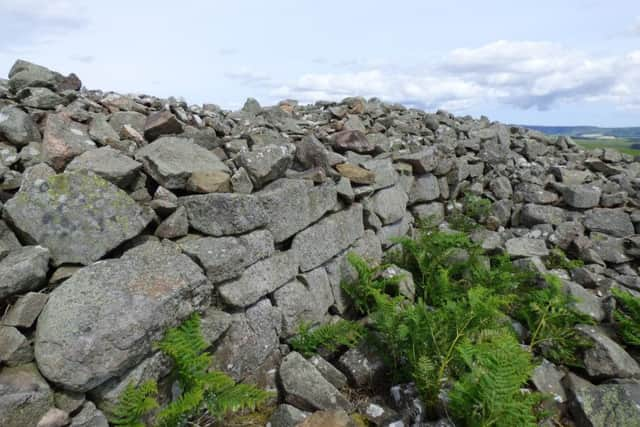

Advertisement
Hide AdAdvertisement
Hide AdIt is a strenuous climb from the road to get to the summit, but it is well worth the effort. The stone ramparts are still in evidence, as are the foundations of many round houses. Indeed, the ramparts can be seen from many miles away, running around the summit.
But there are many more hill forts that are perhaps more spectacular, even if they are not as large.
Above Old Bewick is a hill fort that comprises two adjoining circular enclosures. The ramparts have survived remarkably well and still stand over more than two yards high in places.
Just beyond Ingram, in the Breamish Valley, is Brough Law. Here, although most of the stone ramparts have collapsed, we can see the remains of the wall as it was originally built, with closely jointed stones. A similar example can be seen at Sinkside Hill in the College Valley.
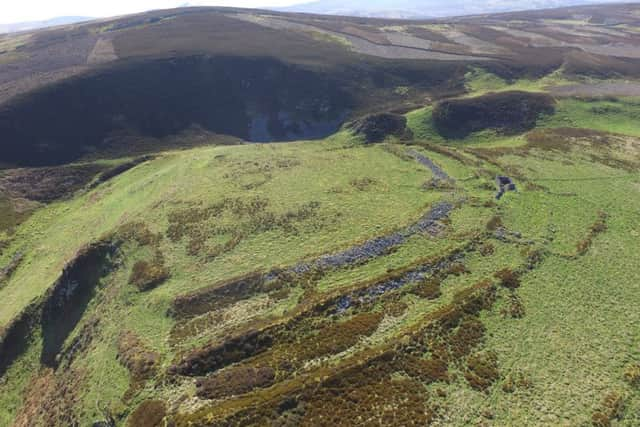

Advertisement
Hide AdAdvertisement
Hide AdSome hill forts weren’t built on hill tops. Instead, they made use of promontory positions by having ramparts across the spur of land, relying on the steep sides of the hill to provide protection. Just North of Wooler, within sight of Yeavering Bell, is Monday Cleugh, a fine example of such a fort.
Less spectacular, though still fascinating, is High Knowes, North West of Alnham. This is thought to be an early type of enclosure, comprising two concentric circular wooden palisades. We can guess that the landscape would have been well wooded. In later years, ramparts would be constructed from stone or earth as the landscape became deforested. Surprisingly, even after more than 2,000 years, the traces of these palisades can be seen on the ground.
These hill forts provide a fascinating target for a walk in the hills and a number of trails have been set up.
One from Ingram takes in Brough Law, Middle Dean and Wether Hill. Similarly, a trail from the car park at Hethpool connects Great and Little Hetha, and Sinkside Hill, while a trail from Kirknewton takes in West Hill and St Gregory’s Hill. The Northumberland National Park can provide leaflets.
Advertisement
Hide AdAdvertisement
Hide AdPerhaps the easiest hill fort to access is Lordenshaws, which is only a few hundred yards from the car park. The surviving round houses are very clear and the whole area is littered with prehistoric remains.
Of the lowland hill forts, they are generally harder to find due to erosion, and the agricultural nature of the land often makes them harder to visit. Near Howick, however, a permissive path takes you from the coast just North of Sugar Sands to the remains of an enclosure.
So, with autumn approaching, why not make an excuse to get out and explore our past? You’ll find history on the ground, with no crowds and no tickets needed – what’s not to like!